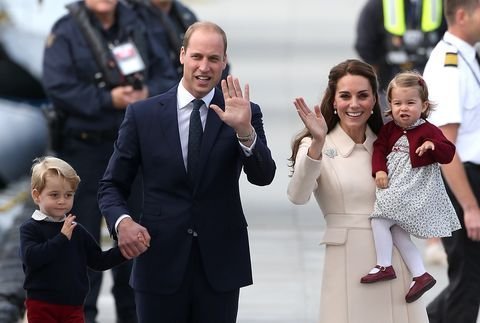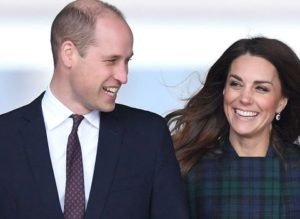Prince William’s Viral Reply Is a Masterclass in Queer Allyship
For any queer person, the fear isn’t just about coming out. It’s about what happens after. It’s the knot in your stomach when you wonder, “How will they react?” The question isn’t “Will I be accepted?” but rather “What kind of world will I have to fight for just to be myself?” When a journalist asked Prince William what he would do if one of his children were gay, he could have given a safe, generic answer. Instead, he gave us a masterclass in modern allyship, articulating the very fear that countless queer people and their families face every day. His response wasn’t just a political statement; it was a human one that resonated across borders, from London to queer India.
As the first member of the British royal family to visit an LGBTQ+ charity, his presence alone was a significant gesture. But it was his words that made headlines and won hearts. By cantering his concern not on his child’s identity, but on the external prejudice they would face, he shifted the blame exactly where it belongs: on a society that isn’t yet ready to be fully inclusive. In a world where families so often turn their backs on their queer children, a future king’s quiet acknowledgement of the pain caused by others is a powerful act of rebellion.
The Royal Seal and the Weight of the World
His statement “It worries me, not because of them being gay, it worries me as to how everyone else will react and perceive it and then the pressure is then on them “is the most crucial part of his entire reply. He didn’t say, “My love for them would not change,” which, while true, still centres the parent’s feelings. He immediately put the focus on the systemic prejudice and societal pressure that his child would inevitably face. This is the difference between simple acceptance and genuine allyship. An ally recognizes that the problem isn’t the queer person; it’s the world they must live in.
This sentiment echoes the experience of so many in our own country. The biggest fear for a queer person in India isn’t just their own reaction, but the deep-seated worry about what the neighbours will say, what the family will think, and whether society will ever truly accept them. It’s the burden of “log Kya kitenge” that keeps so many people from coming out. For a public figure of his stature to acknowledge this universal struggle is an enormous step forward. It gives a voice to a silent fear and validates the lived experiences of millions who carry this weight.
“When I saw his interview, I felt a sense of relief I didn’t know I needed. For so long, my parents’ biggest worry was that I would be alone, or that my life would be harder because I was gay. His words finally gave a name to that fear, not as a flaw in me, but as a flaw in the system. That’s an incredibly powerful thing to hear from anyone, let alone a royal.”
Communication as a Superpower: A Lesson for All
Prince William’s mention of having discussions with his wife, Catherine, about how to be prepared is another key takeaway. He didn’t present his support as a given, but as a process that he and his partner have consciously worked through. This is an invaluable lesson for parents and allies everywhere. Allyship isn’t passive; it’s active.1 It requires honest conversation, a willingness to learn, and a commitment to ensuring that your child feels supported no matter what.
This commitment to communication is the foundation of any safe space. It’s what transforms a house into a home, where a person can be their true, authentic self. This lesson can be applied to every part of our lives, from how we talk about inclusive fashion and gender expression to how we engage with new narratives in LGBTQ cinema. It shows us that true support is not a single word of acceptance, but a continuous practice of understanding and advocacy.
The Ripple Effect of Visibility
A royal’s words, while powerful, won’t end homophobia. But they can start a conversation that has a ripple effect. His statement, amplified by social media and global news, creates a space for people to discuss these topics in their own homes and communities. It puts the burden of change on society, where it belongs. This echoes the broader spirit of pride in India movement that is not just about celebrating identity, but about demanding visibility and justice for every member of our community. His allyship is a beacon for others in positions of power, showing them that leading with empathy is the only way forward.
Practical Takeaways
Prince William’s response offers a simple but effective roadmap for being an ally:
- Shift the Blame: When talking about the queer community, focus on external prejudice and societal homophobia, not on the queer identity itself. The problem is not the person; it’s the lack of acceptance.
- Communicate and Prepare: Don’t wait for a difficult conversation to happen. Have open, honest discussions about gender and sexuality with your family and friends.
- Show Up and Speak Up: Visible Allyship is a powerful tool. Use your platform, no matter how small, to support the community.
Building a Kinder World
This moment reminds us of that Allyship is not just a trend; it’s a commitment. It’s a powerful act of love and a conscious effort to build a better world one where no child, royal or not, must be afraid of being who they truly are.





